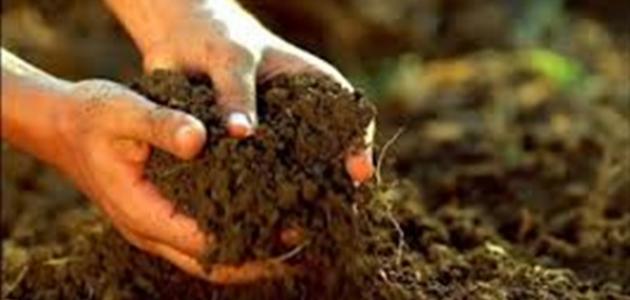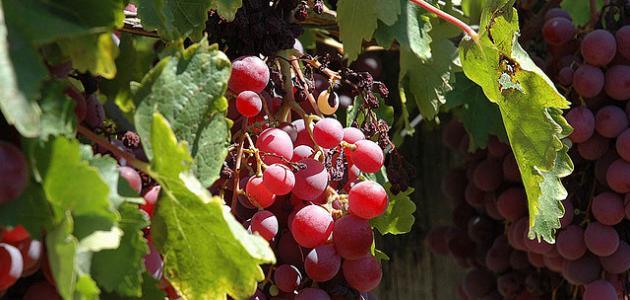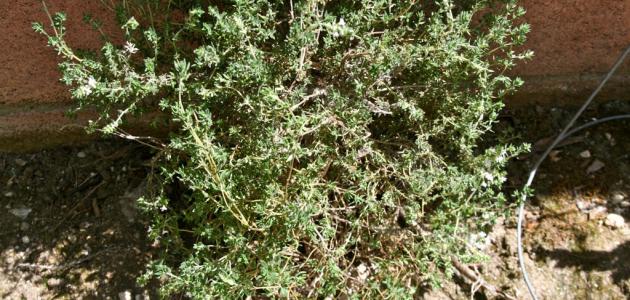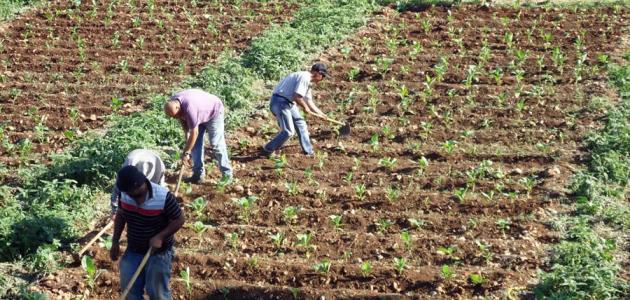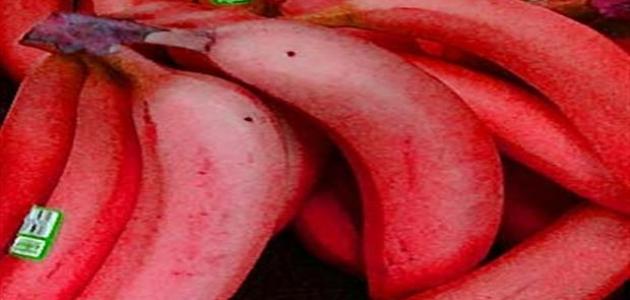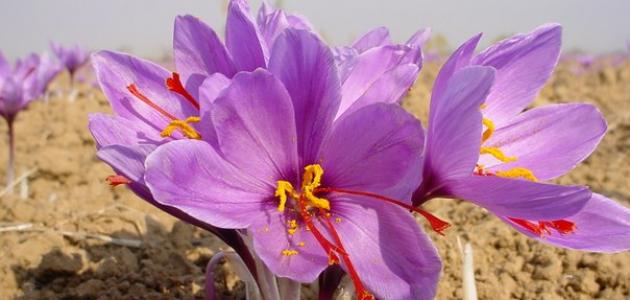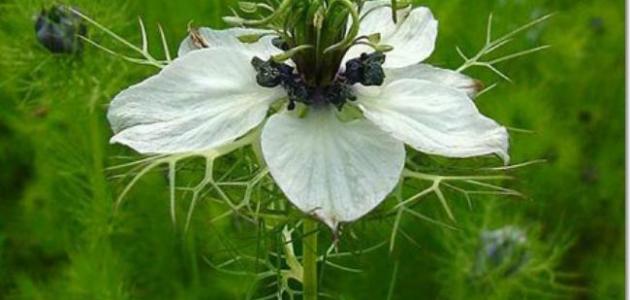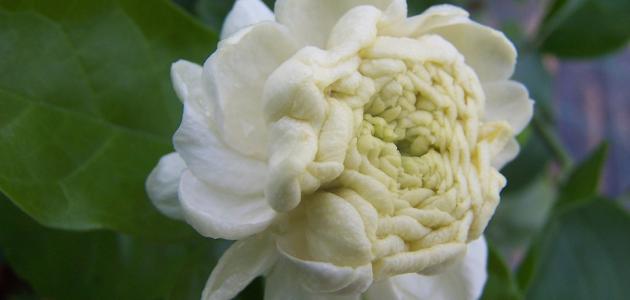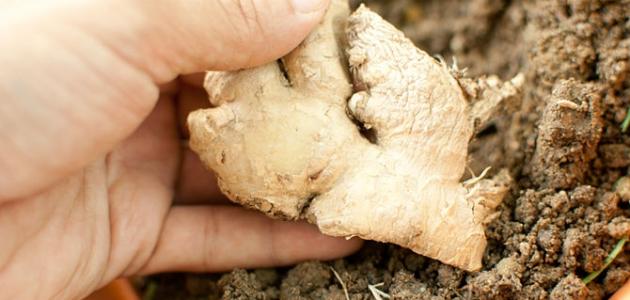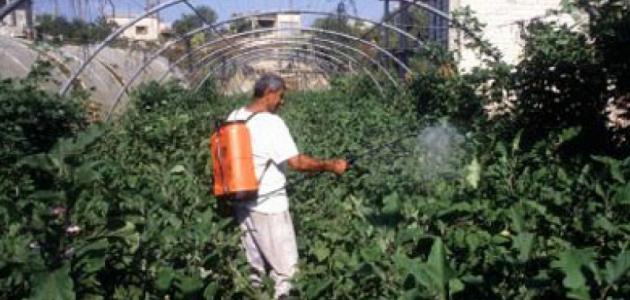the soil
Soil is defined as the porous and biologically active medium found in the upper layer of the earth's crust and is one of the basic pillars of life on Earth. Soil is the reservoir of water and nutrients, the medium in which harmful waste is filtered and broken down, and has an important role in the carbon cycle and other elements of the global ecosystem. Weathering processes resulting from climatic, geological, biological and topographic influences are the cause of soil development and change.
Soil constituents
inorganic mineral particles
More than half of the soil volume consists of inorganic mineral particles, which originate in the rocks that represent the parent material of the resulting soil. These particles are divided, based on their size, into three groups: sand, whose particles are the largest particles, silt, whose particles are fine and fine, and finally Clay whose particles are smaller.
Living and non-living organic matter
The soil is home to many forms of life, which may be visible as earthworms, or invisible as in most of these forms, such as the presence of billions of bacteria, fungi, and other microorganisms, as scientists believe that the life contained in one tablespoon of good soil is greater than the total number For humans who live on Earth, the soil also consists of humus (in English: humus), which is the second component of organic matter, and is defined as dead animals and plants, in addition to the waste that results from living organisms, although living and non-living organic matter constitutes A small part of the soil, but it plays a very important role in it, as living organisms recycle nutrients, and humus stores nutrients and water needed for plants, and these materials are useful for facilitating the use of soil.
Read also:The concept of organic farmingair and water
Water and air exist in small spaces between soil particles called pores, and they can make up about half of the soil's volume. Plants and animals that live in soil need air and water to live and grow.
Proportions of typical soil components
A typical soil consists of 45% mineral matter, 20-30% water, 20-30% air, and 5% organic matter. However, these percentages are generalizations only. Soils are very complex and dynamic. Its composition can fluctuate on a daily basis, depending on many factors such as water supplies and agricultural practices.
Soil types
Determining the type of soil is very important to support the healthy growth of plant life, and soil can be classified into many different types, each of which has distinctive characteristics as follows:
- sandy soil: High proportions of sand and little clay in sandy soils are the reason why it is usually known as a light soil. Sandy soil is a dry, warm soil that tends to be acidic and is low in nutrients that are lost by rain. Sandy soils have rapid water drainage and are faster to warm up than Clay soils in the spring tend to dry out in the summer. Adding organic matter to sandy soils can help provide them with nutrients by improving their ability to hold water and nutrients.
- peat soil: Peat soil retains a large amount of moisture, and is considered a soil high in organic matter, and is rare in gardens, so it is often imported to secure ideal soil for cultivation in these gardens.
- loess soil: Loams soil is characterized by its fertility and ease of use, and this soil is a mixture of sandy, clay and silt soils, which are combined with each other to avoid the negative effects of each, so this soil forms an ideal balance, which makes it the best component of garden soil.
- chalk soil: Chalk soil is characterized by being highly alkaline because it contains calcium carbonate, or lime, and this soil may be light or heavy.
- Clay soil: Clay soil consists of more than 25% of clay, and it is considered a heavy soil that is characterized by its great utilization of nutrients, its staying wet and cool in winter, and dry in summer. This soil contains large amounts of water due to the presence of voids between the clay particles.
- loamy soil: Silt soil is a light, moist soil with a high fertility rate. The cohesion and stability of the soil can be increased by adding organic matter to it.
Soil preservation
Preserving soil is critical. It is the basis for the livelihood of seven billion people, and the means by which clean water can be maintained and the climate regulated. Healthy soils ensure a steady supply of food and biodiversity. Crops and plants that prevent desertification, and soil loss is an indicator of widespread poverty and declining economic growth.
Read also:How to grow mintThe term soil preservation is applied to the techniques and mechanisms that aim to preserve the soil, and its loss and loss of fertility are due to many reasons, including erosion, salinity, and chemical pollution, in addition to its excessive use, and some practices such as burning and cutting work in less developed areas may constitute A cause of deforestation, soil erosion on a large scale, loss of nutrients, and desertification at times, and there are many agricultural practices and methods by which soil can be preserved, including the use of windbreaks, green fertilizers, monitoring of soil salinity levels, management, and conservation. On the level of acidity in it, and to prevent overgrazing, and to share agricultural awareness and knowledge, and other methods.
Read also:Palm cultivation methods